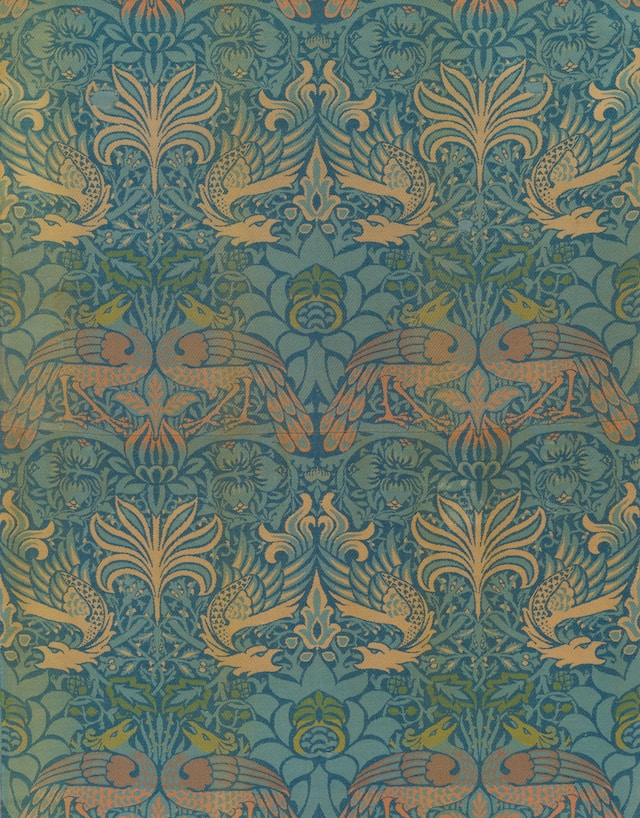
Navajo rugs hold a fascinating history. These exquisite textiles, crafted by the Navajo people, showcase remarkable artistry and cultural significance. The intricate designs and vibrant colors reflect their deep connection to nature and ancestral traditions.
The origins of Navajo rugs can be traced back centuries ago when the Navajo tribe began weaving wool into blankets for everyday use. Over time, these utilitarian items evolved into cherished works of art. The weavers used traditional techniques passed down through generations, using a vertical loom and natural dyes obtained from plants and insects.
One distinguishing characteristic of Navajo rugs is their bold geometric patterns. These designs often feature intricate motifs such as diamonds, zigzags, or stepped triangles. The precise symmetry and balance in these patterns demonstrate the weaver's skill and attention to detail.
Another notable aspect is the vibrant color palette employed in Navajo rug making. Earthy tones like reds, yellows, and browns are commonly used alongside more vibrant hues like turquoise or indigo. Each color holds symbolic meaning within the Navajo culture; for instance, red represents strength and energy while blue symbolizes wisdom and spiritual harmony.
Furthermore, the durability of Navajo rugs sets them apart from other Native American textiles. The tightly woven wool fibers create strong yet supple fabrics that can withstand heavy foot traffic or harsh weather conditions.
It is unlikely that you would find any faults with these magnificent creations by the talented Navajo weavers. However, it is essential to note that authentic Navajo rugs are highly sought after by collectors worldwide due to their cultural significance and artistic value.
In conclusion, Navajo rugs embody the rich history and cultural heritage of the Navajo people. Their stunning beauty combined with expert craftsmanship makes them truly exceptional pieces of artwork. As you delve deeper into this topic on types of Native American rugs, exploring more about each tribe's unique styles will undoubtedly broaden your knowledge of indigenous textile traditions as a whole.


